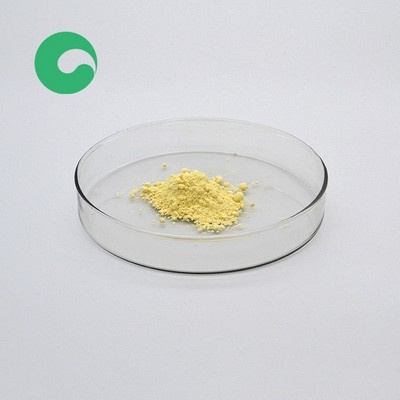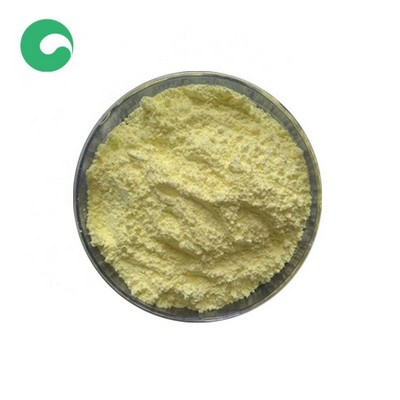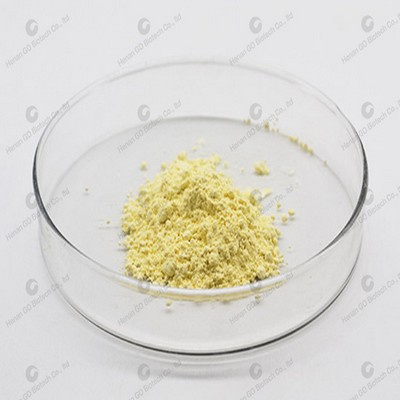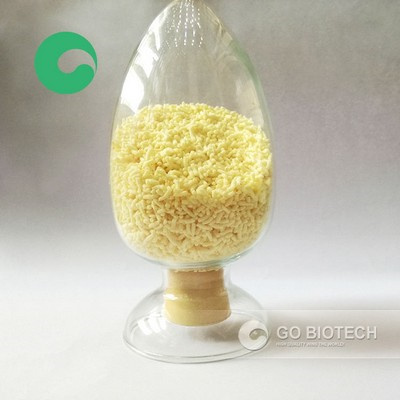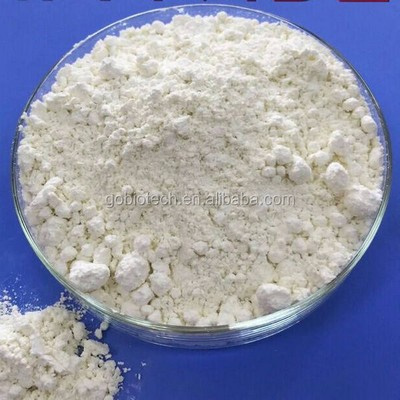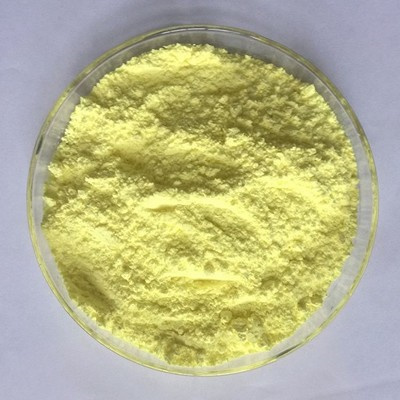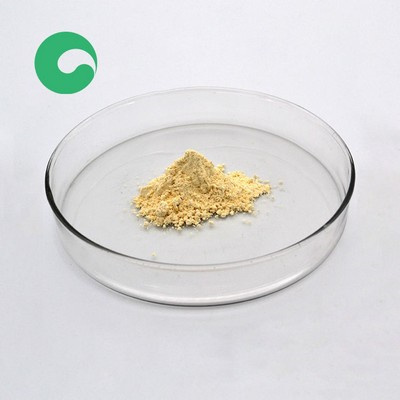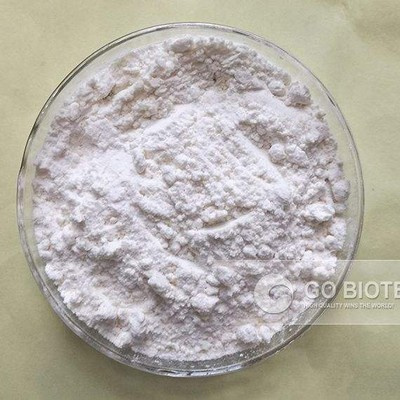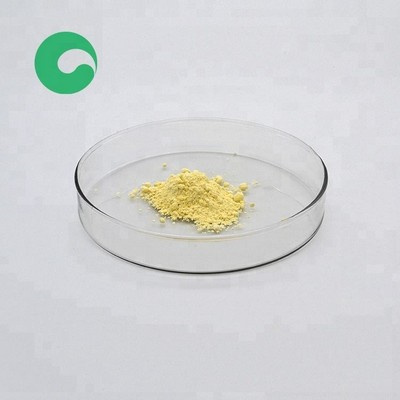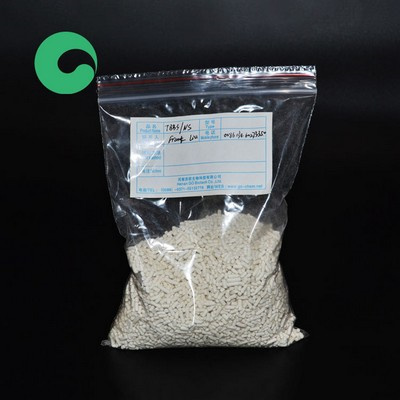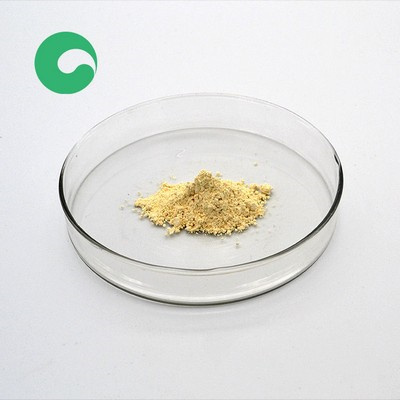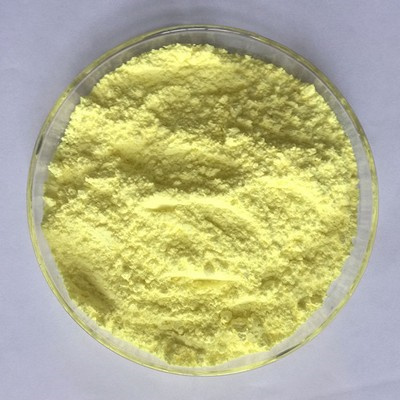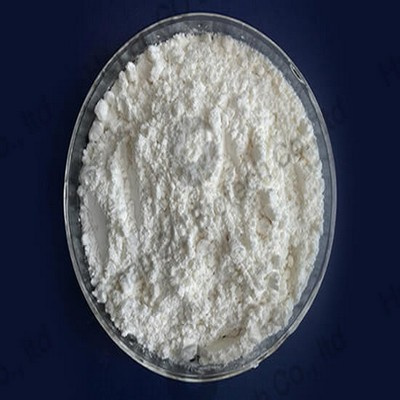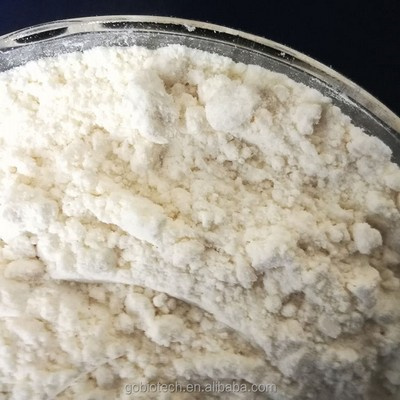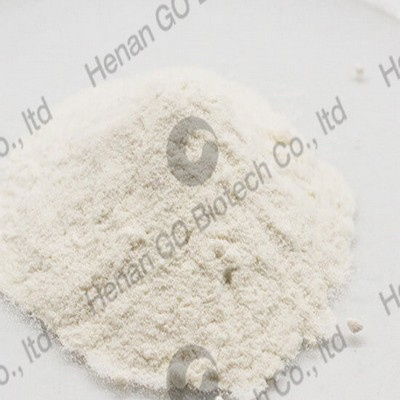acceleratorsand acceleratorsystems
An accelerator is defined as the chemical added into a rubber compound to increase the speed of vulcanization and to permit vulcanization to proceed at lower temperature and with greater efficiency. Over 150 different chemicals belonging to different classes of composition are known to function as acceler-
Common Accelerators for Sulfur Vulcanization . A large number of chemicals that belong to different chemical classes are known to accelerate rubber vulcanization. About 50 of these accelerators are used on a commercial scale. Most of these belong to the six classes as described below.
QUALITY PERFORMS. LANXESS
Vulcanization accelerator for polychloroprene rubber; accelerator for curing systems where ETU must be replaced Rhenogran® TBBS-80 N-tert.butyl-2-benzothiazole sulfenamide EPDM/EVA Beige granules Basic accelerator for sulfurcured diene rubbers, e.g. EPDM, NR, BR, SBR, especially for tire and antivibration applications Rhenogran® TBzTD-70
A process for producing a modified polymer rubber comprising the steps of: (1) polymerizing a conjugated diene monomer or a combination thereof with an aromatic vinyl monomer in a hydrocarbon solvent, in the presence of an alkali metal catalyst or a specified alkali metal compound, to form an alkali metal end-carrying active polymer, and (2) reacting the alkali
Natural Wooden Toys from Europe, German Christmas
The Wooden Wagon is a store featuring wooden toys and games from Europe We stock a broad selection of natural European wooden toy animals, Ostheimer Waldorf toys, building blocks, marble runs, art and craft supplies, Erzgebirge folk art Christmas decorations, stuffed animals, and natural toys for pretend play.
This page is "SOXINOL™ DT-O". This page provides information about Sumitomo Chemical's Business & Products. Sumitomo Chemical offers a diverse range of products in the six areas of Energy & Functional Materials, petrochemicals, fine chemicals, IT-related chemicals, agricultural chemicals, and pharmaceuticals.
Functionalized Nanosilica for Vulcanization Efficiency
Aug 06, 2021· Accelerator functional character was introduced on nanosilica by chemical reaction of sodium isopropyl xanthate (SIPX) with nanosilica (NS). Functional characteristics of nanosilica were confirmed by elemental analysis, thermogravimetric analysis, and infrared spectroscopy. This SIPX functionalized nanosilica (SIPX-NS) incorporated natural rubber
Founded in 2000,Hangzhou Onicon Chemical Co Limited, is specialized in nutrition ingredients, cosmetic additives,herbal Extracts, amino acid and polypeptide with over 10 years experience of dealing with chemicals .With advanced equipmentsstrong technologyexcellent staff and modern management, All of our products are manufactured according to ISO9001 standards,
Theory & Practice Of Vulcanization Rubber Seals, Gaskets
Butadiene rubber (BR), Styrene-butadiene rubber (SBR), Isobutene-isoprene rubber (Butyl, IIR), and Nitrile-butadiene rubber (NBR), which are crosslinked by using sulfur as a vulcanizing agent. The basic ingredients for a sulfur cure are: Sulfur or sulfur donor (crosslinker), Zinc oxide and fatty acid (activator), Organic accelerator(s). Sulfur.
The present invention relates to vulcanization accelerators constituted by compounds, derived from secondary amines, belonging to the class of enamines and to a process for their preparation.
- What is accelerator in rubber vulcanization?
- An accelerator is defined as the chemical added into a rubber compound to increase the speed of vulcanization and to permit vulcanization to proceed at lower temperature and with greater efficiency. Accelerator also Decreases the Quantity of Sulphur necessary for vulcanization and thus improving 'aged' properties of the rubber vulcanizates.
- How does vulcanization affect the performance of rubber products?
- Vulcanization, as the key step in rubber process,directly affects the processing and performance of rubber products. Compared with sulfur alone, the presence of small amounts of accelerator together with sulfur can significantly improve the properties of final vulcanisate.
- How is rubber vulcanized?
- Vulcanization of rubbers by sulfur alone is an extremely slow and inefficient process. The chemical reaction between sulfur and the Rubber Hydrocarbon occurs mainly at the C = C (double bonds) and each crosslink requires 40 to 55 sulphur atoms (in the absence of accelerator).
- What is the mechanism of rubber vulcanization with sulfur?
- Many studies have been carried out to understand the mechanism of rubber vulcanization with sulfur in the presence of accelerators and activators. Vulcanization is the phenomenon of formation of cross links with rubber macromolecules.
- What vulcanization system is used for natural rubber?
- Both discovered the use of Sulfur and White Lead as a vulcanization system for Natural Rubber. This discovery was a major technological breakthrough for the advancement of the world economy. Vulcanization of rubbers by sulfur alone is an extremely slow and inefficient process.
- What are vulcanization accelerators?
- Vulcanization accelerator also decreases the amount of sulfur needed to cross-link the polydiene, which improves the aging properties of the vulcanized rubber. The vulcanization accelerators can be further classified as primary and secondary accelerators. Some representative examples of primary accelerators include thiazoles and sulfenamides.

